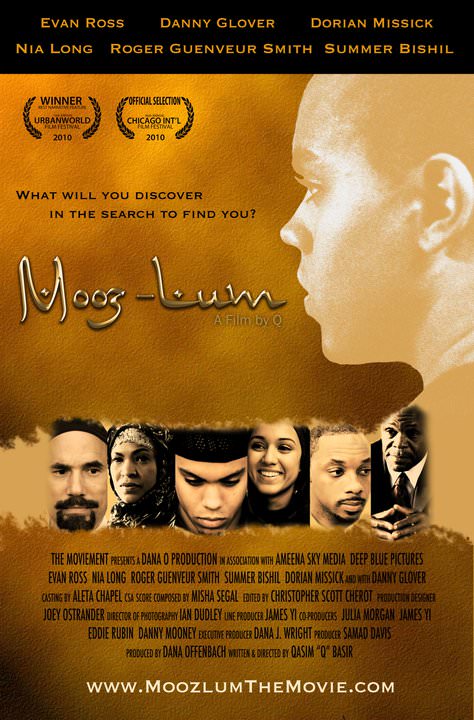Aside from the flag, no piece of cloth in history has been imbued with as much power to liberate and oppress, rally and divide as the veil. Throughout the Muslim world, women have donned the veil as a form of modesty, piousness and defiance, and thrown it off to express freedom, strength and protest. Muslim governments have legislated head covering as a sign of religiosity and banned it as an obstacle to secularism. For liberal Western societies, the debate over the higab --a scarf that covers the head but not the face--crystallizes a key modern dilemma: how to reconcile the commitment to protecting freedom of expression with the ideal of integration and social cohesion?
As traditional as it seems, the veil has gone through perhaps more radical changes in use than any other item of apparel. It has been embraced, banned, enforced and made optional, often in the same country within a matter of years. Indeed, throughout history its meaning has been shaped by the political and social forces at work. The only unchanging characteristic of the veil is that it serves as a universal sign of Islamic heritage--and that women resent being told what to do with it, either way. "When women are pressured to veil, they protest, and when they are forced to unveil, they protest," says Fadwa el-Guindi, an anthropology professor at the University of Qatar. "The veil becomes the symbol of liberation par excellence."
The veil did not always have religious connotations. Pre-Islam, it was worn by upper-class Arab women in the Byzantine and Persian empires, who covered their hair as a symbol of status. More and more elite women began adopting the veil in the seventh century as a way to distinguish themselves from the lower classes. As the Islamic empire spread, the value of modesty--stipulated in the Qur'an for men as well as women--merged with the social customs of the upper class, creating a correlation between the veil and Islamic faith. While the Qur'an does not mandate veiling for women, it does encourage the Prophet Muhammad's wives to cover their heads to separate themselves from the rest of the religious community. "When Islam became imperial, a lot of cultural baggage infiltrated Islamic society," says Haifaa Jawad, a senior lecturer in Middle Eastern studies at the University of Birmingham in England.



